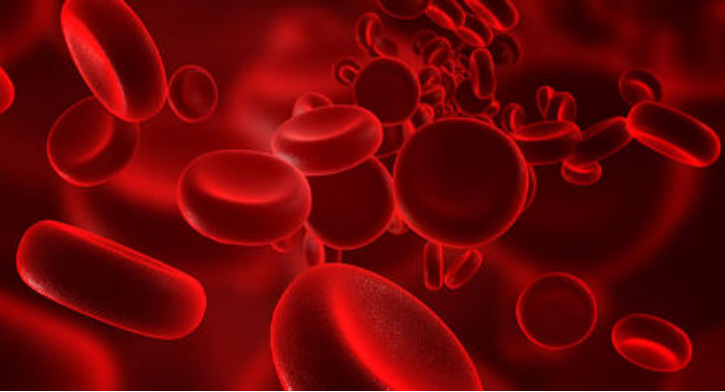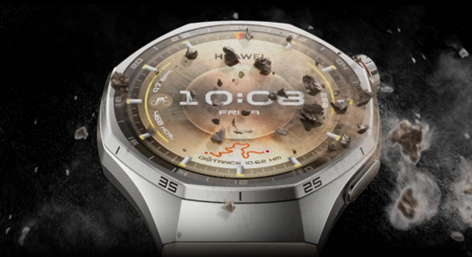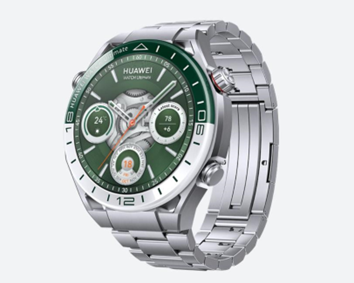Elementomics is accelerating as therapies and diagnostics increasingly depend on metals and metalloids. Inductively Coupled Plasma tandem mass spectrometry (ICP-MS/MS) sits at the center of that shift, marrying ultra-trace sensitivity with confident interference removal. Beyond today’s workflows, the discipline is moving toward finer spatial resolution, single-entity analytics, and data-driven interpretation that links elemental fingerprints to phenotype. The following trends outline where ICP-MS/MS is heading and how those advances unlock actionable elementomic insights. Implications span research and clinics.

Where elementomics is heading with ICP-MS/MS
As capabilities broaden, directions stand out for their impact on sensitivity, specificity, and meaning.
Single-cell and subcellular analytics.
Time-resolved acquisition in ICP-MS/MS enables single-particle and single-cell measurements that quantify metal load, while laser-ablation (LA-ICP-MS) imaging maps elemental gradients across tissues. In elementomics, these tools expose heterogeneity hidden by bulk averages: mitochondrial Mn in neurons, Pt in tumor microenvironments, or Ca/Mg fluxes during activation. Lanthanide barcoding (mass cytometry) scales multiplexing without spectral crowding, letting teams trace dozens of markers and elemental surrogates together and connect spatial patterns to phenotype.
Speciation-first, not totals-only.
Hyphenated separations—HPLC, IC, CE, or GC coupled to ICP-MS/MS—resolve chemical forms before detection, distinguishing toxic from benign species and active drug from catabolite. Mass-shift chemistry in the reaction cell (O₂ or NH₃) clears overlaps, improving quantitation of redox pairs such as Se(IV)/Se(VI) and As(III)/As(V). In DMPK, HPLC–ICP-MS/MS deconvolutes platinum species, tracks ADC payload stability, and follows non-radioactive surrogates for radiopharmaceuticals—mechanism-anchored exposure data that totals miss.
Microfluidics and low-volume bioanalysis.
Elementomics increasingly relies on scarce matrices—pediatric serum, cerebrospinal fluid, microdialysates. Microflow nebulizers, flow-injection loops, and on-line preconcentration bring ppt sensitivity from tens of microliters. These advances dovetail with CNS delivery studies, where CSF sampling after intrathecal dosing demands precise, small-volume quantitation. By minimizing solvent load and enhancing transport efficiency, labs maintain signal integrity while preserving precious samples for orthogonal assays.

High-matrix robustness with greener prep.
Complex matrices—salt-rich seawater, digested foods, plasma—once dictated heavy dilutions. New aerosol-dilution/UHMI inlets, membrane desolvation, and rugged cone designs keep the plasma robust and the interface clean. Combined with microwave digestion mini-methods, automated dilution, and recyclable acids, laboratories shorten turnaround, reduce waste, and cut background equivalent concentrations. The result is lower detection limits without downtime in high-throughput elementomics.
Metrological confidence via isotopes.
Isotope-dilution ICP-MS/MS sets the standard for accuracy by spiking a known isotopic pair and solving directly for concentration. Carefully chosen tracers also separate endogenous background from administered dose—vital when assessing essential elements as biomarkers or performing mass balance in DMPK. Wider availability of certified reference materials and inter-laboratory comparisons will further align clinical decision thresholds with research-grade elementomic readouts.
AI-assisted interpretation and omics fusion.
As datasets expand—thousands of samples, dozens of isotopes per run—machine-learning models flag outliers, correct drift, and correlate elemental fingerprints with transcriptomic or proteomic features. Integrated dashboards unify LC-MS/MS molecular data with ICP-MS/MS element totals and species, turning disparate signals into coherent biological narratives. These tools speed hypothesis testing and reveal subgroups where elemental pathways drive response or toxicity.
Regulatory-ready automation and decentralized sampling.
Cloud LIMS, eSource capture, and real-time QC rules keep method performance inspection-ready across sites. Sample-sparing strategies—dried blood spots, VAMS, micro-CSF—enable decentralized trials and longitudinal elementomics with minimal patient burden. Standardized plate maps, locked cut-point logic for ADA workflows, and clear acceptance criteria translate smoothly to regulated studies where elemental data inform dose and safety monitoring.
Conclusion
Elementomics is shifting from descriptive catalogs to decision-grade analytics, and icp ms ms is the engine behind that evolution. Expect greater spatial resolution, higher drug tolerance, and smarter speciation to merge with automation and AI, shrinking timelines while raising confidence. For developers, the payoff is clear: element-aware DMPK, better biomarker qualification, and cleaner links between exposure and outcome. As these trends mature, ICP-MS/MS will move from specialized lab tool to a routine pillar of translational research and precision medicine.







